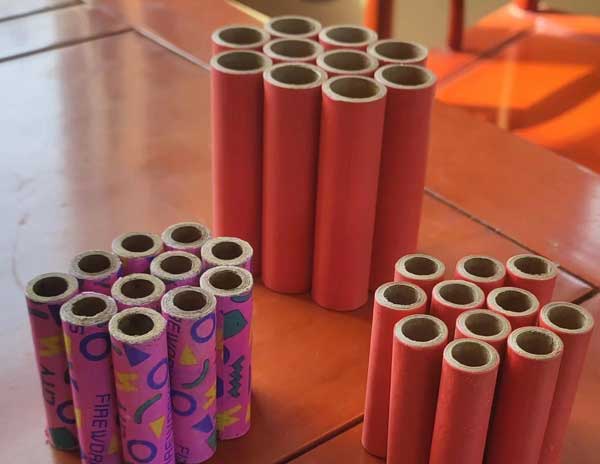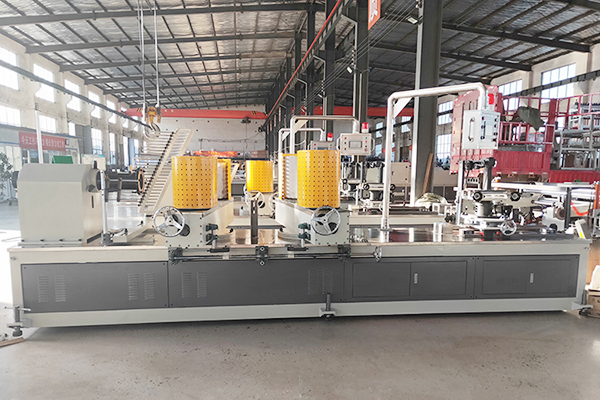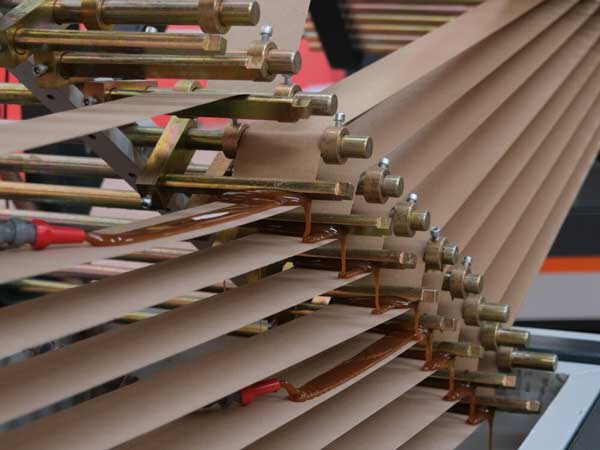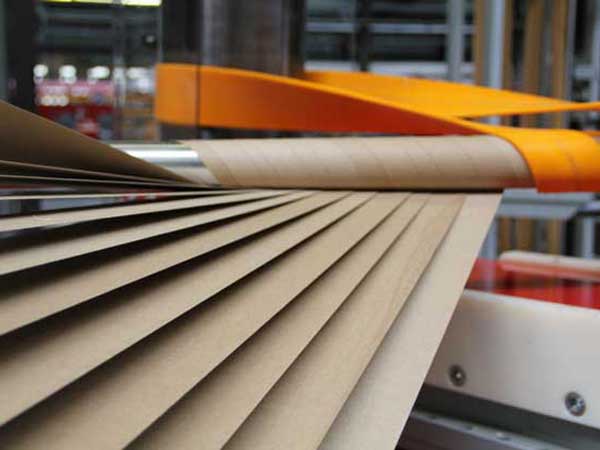Fireworks Paper Tube Making Machine Process
Many companies are continuously improving the automation and production efficiency of fireworks paper tube making machine. For example, Sky Shot Firework demonstrated the process of mass-producing paper tubes at its factory, showcasing an efficient production line that combines heavy machinery and manual operations. This efficient production method can significantly increase output and meet market demand for high-quality paper tubes.

China is one of the major countries in the global production of fireworks paper tube making machines, and related companies such as Zhengzhou JYD Machine Co., Ltd. are actively expanding into the international market. These companies not only focus on improving the production capacity and quality of firework paper tube making machines, but also provide customized services to meet the needs of different customers. This flexible service model allows them to occupy an important position in the international market.

Fireworks Paper Tube Making Machine Process
Rolling and Adhesion
The fireworks paper tube making machin’s core function is to roll the paper strips into tubes. This is achieved through a series of rollers and mandrels that wrap the paper tightly around a metal rod or former. During this rolling process, an adhesive is applied to the paper strips. This adhesive is crucial as it ensures that the paper layers stick together firmly, creating a solid and durable tube.
As the paper is rolled, the machine continuously applies pressure to ensure that the adhesive bonds effectively. The precision of the machine ensures that each layer is evenly applied and that there are no air bubbles or weak spots in the tube. This step is vital as any imperfections can compromise the integrity of the tube and, consequently, the safety and performance of the firework.

Cutting to Size
Once the paper is rolled into a continuous tube, the next step is cutting it into the desired lengths. The fireworks paper tube making machine is equipped with precise cutting tools that can be adjusted to produce tubes of varying lengths. This flexibility is important because different types of fireworks require different tube lengths.
During the cutting process, the machine ensures clean and even cuts. This is important not only for the aesthetics of the final product but also for the functional aspect of the tubes. Uneven cuts can lead to issues during the packing of the explosive materials, potentially affecting the firework’s performance.
Drying and Curing
After cutting, the tubes are transferred to a drying and curing section. This stage is crucial as it allows the adhesive to fully set and the tubes to harden. The drying process can vary depending on the type of adhesive used and the environmental conditions. Typically, controlled drying environments are used to ensure consistent results.
Curing is essential as it finalizes the bonding process, ensuring that the tubes are strong and durable. Without proper curing, the tubes might not hold up during the loading and firing processes, leading to potential safety hazards.

Quality Control
Quality control is a critical step in the fireworks paper tube making process. Each tube must be inspected to ensure it meets the required standards. This includes checking for uniformity in size, strength, and the quality of the adhesive bond. Any tube that does not meet these standards is rejected.
Advanced fireworks paper tube making machines often incorporate automated quality control systems. These systems use sensors and cameras to inspect each tube for defects, ensuring that only the highest quality tubes are used in the final fireworks products.
In conclusion, the fireworks paper tube making machine plays an essential role in the fireworks industry. By automating the production of high-quality paper tubes, these machines ensure that fireworks are safe, effective, and spectacular. From material preparation to rolling, cutting, drying, and quality control, each step in the process is meticulously designed to produce the best possible paper tubes.

